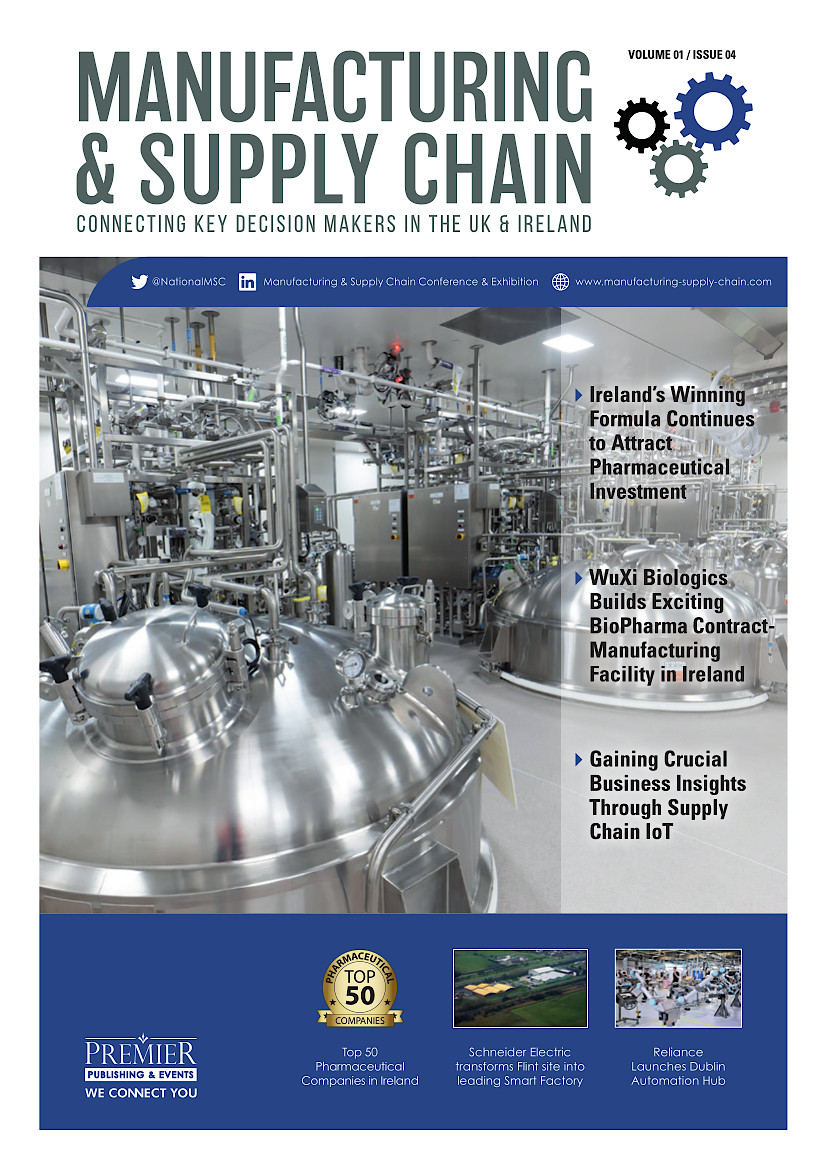EU Commission Revises its Growth Forecasts For Ireland Upwards For 2017 and 2018

The new EU Winter 2018 Interim Economic Forecast puts GDP growth for Ireland at 7.3% for 2017 – compared to the 4.8% predicted in the Autumn Economic Forecast. This is the fastest growth rate in the EU for 2017.
The forecast growth rate for 2018 is also revised upwards – from 3.9% to 4.4%. This is the third highest forecast growth rate after Malta at 5.6% and Romania 4.5%.
The estimated inflations rates for Ireland are practically unchanged compared to the Autumn Forecasts, i.e. 0.3% for 2017 as forecast and 0.9% for 2018 compared to the previous forecast of 0.8% for 2018.
Growth rates for the euro area and the EU also beat expectations last year as the transition from economic recovery to expansion continues. The euro area and EU economies are both estimated to have grown by 2.4% in 2017, the fastest pace in a decade.
The forecast for Ireland is below.
IRELAND: STRONG MOMENTUM AHEAD
Ireland’s economy is expected to grow at a solid pace supported mainly by domestic activity. GDP growth performed better than expected in the third quarter of 2017 as headline figures were driven up by the activities of multinational companies in the country. Underlying domestic activity, which excludes some of the impact of multinationals, grew robustly by 4.9% in the first three quarters of 2017. GDP is estimated to have grown by 7.3% in 2017 and growth is expected to moderate to 4.4% in 2018 and 3.1% in 2019.
Consumer spending and construction investment are forecast to drive GDP growth in the short term. Strong employment growth, particularly for full-time jobs, should underpin a rise in disposable income and household consumption over the next two years. Supported by various government policies, investment in construction, both in the residential and commercial sectors, is projected to further contribute substantially to the economic expansion. However, headline investment figures are likely to remain volatile.
Trade figures remain heavily influenced by the activities of multinationals and are subject to high uncertainty. In 2018 and 2019, discounting for further volatility in contract manufacturing and imports of intellectual property services, exports are expected to increase in line with global trade and imports in line with strong consumer demand.
Inflation remains subdued and is forecast to pick up only gradually. In 2017, HICP inflation increased by just 0.3%, mainly due to the fall in the value of the pound, which lowered the prices of goods imported from the UK. This offset the strong growth in the price of services and energy. HICP inflation is forecast to rise to 0.9% in 2018, mainly driven by higher services and energy prices, and to 1.1% in 2019 with higher prices for services the prime driver. The negative effect of lower goods prices is expected to moderate.
Risks to the economic outlook are still mainly linked to the outcome of the negotiations between the UK and the EU, and potential changes to the international taxation environment.



























